Sewing threads are special long and thin threads. They have special properties that allow them to be used in sewing and in the creation of fabrics from which clothes are then made. Today, man has invented many types of yarn and threads, among which there are both natural and artificial samples. It is worth examining in more detail: what types of threads there are and what sewing threads are made of.
Main types of threads for sewing
During the process of work, threads are subject to bending and stretching, friction and abrasion. All this contributes to a decrease in its strength. When wearing things or during other actions with the material, threads are also subject to various influences: temperature, moisture, detergents and pressure. All this imposes its own requirements on the creation of sewing threads, their quality, durability and purpose.

This is why so many different classes of threads are used in sewing. Sewing threads must have:
- Uniformity in diameter, which determines a high-quality seam and uniform tension;
- High tension force, which determines the density and strength of the seam;
- The high quality of the paint they are dyed with determines the resistance of the threads to the effects of light, the composition of detergents, and water;
- High heat resistance, which determines the quality of threads when exposed to high temperatures.
Now we can get down to business and consider what main types of threads exist at the moment and which of them are in demand.
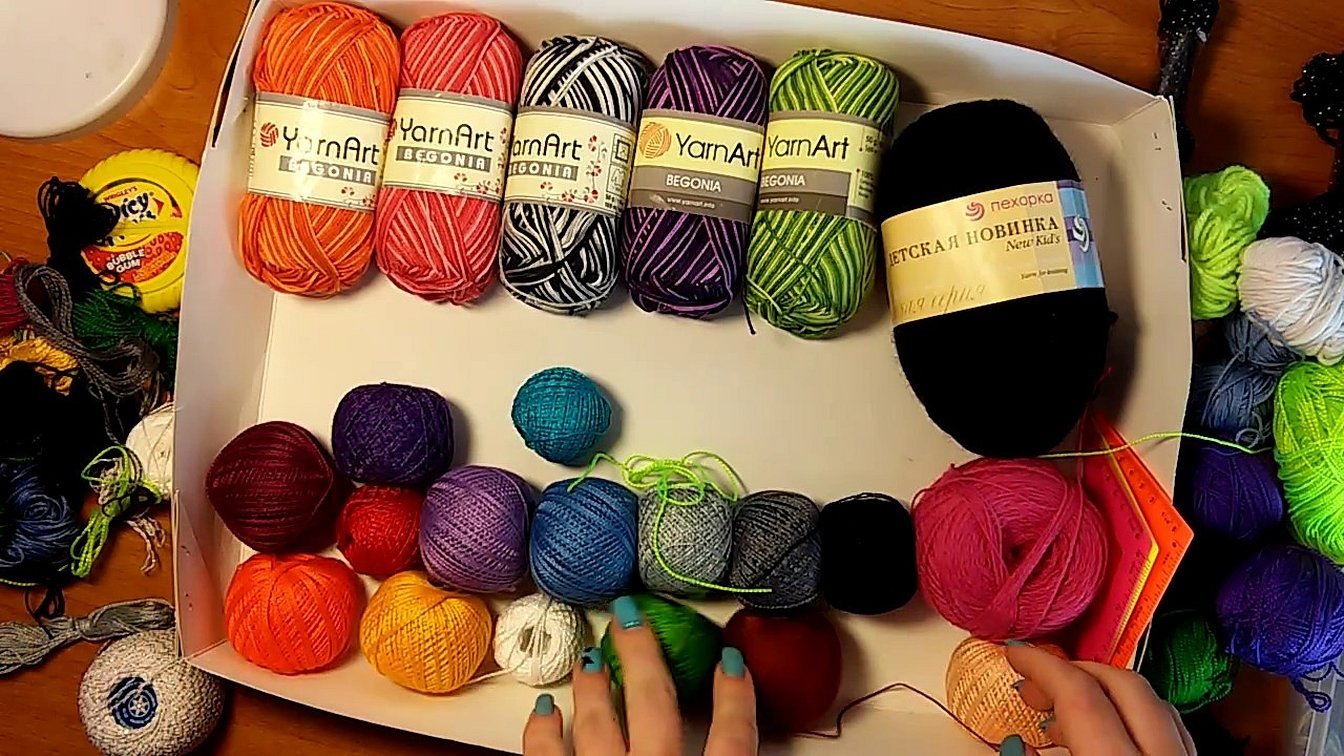
Merino wool
Merino wool is the wool of merino sheep, whose wool is soft and of fairly high quality. The sheep themselves are usually smaller than ordinary species, but this does not diminish the amount of their main advantage - wool. It is used, first of all, to make clothing for active recreation, since merino absorbs moisture well and removes it. Merino products can also be worn in the city. They warm in cool weather, but do not overheat the body. Moreover, merino has an antibacterial effect.
Wash merino wool gently, without using a strong spin. The fabric should not lie in water for a long time and be exposed to high temperatures. When drying wool, it is necessary to lay it out on a flat surface to remove excess moisture. It is important to understand that it may seem that the product has lost its former shape, but this is not true. After drying, merino will return to its former elasticity and recover.

Camel wool
Camel wool and yarn have natural healing properties of pain relief. This is due to the substance lanolin contained in wool. Fabric woven from such yarn can improve blood circulation and relieve pain in joints with osteochondrosis and rheumatism. Moreover, clothes made of camel yarn can be worn by people with allergies with asthma, since they are hypoallergenic.
Clothes made of camel yarn, like merino, are a kind of "thermos" for the body, as they maintain optimal heat, preventing it from cooling down and overheating, and also allow it to breathe. Wool is produced only in natural shades and is not dyed.
Important! The wool itself is quite hard to the touch, so clothes made from it are mainly for adults. Most often these are socks, mittens, vests.
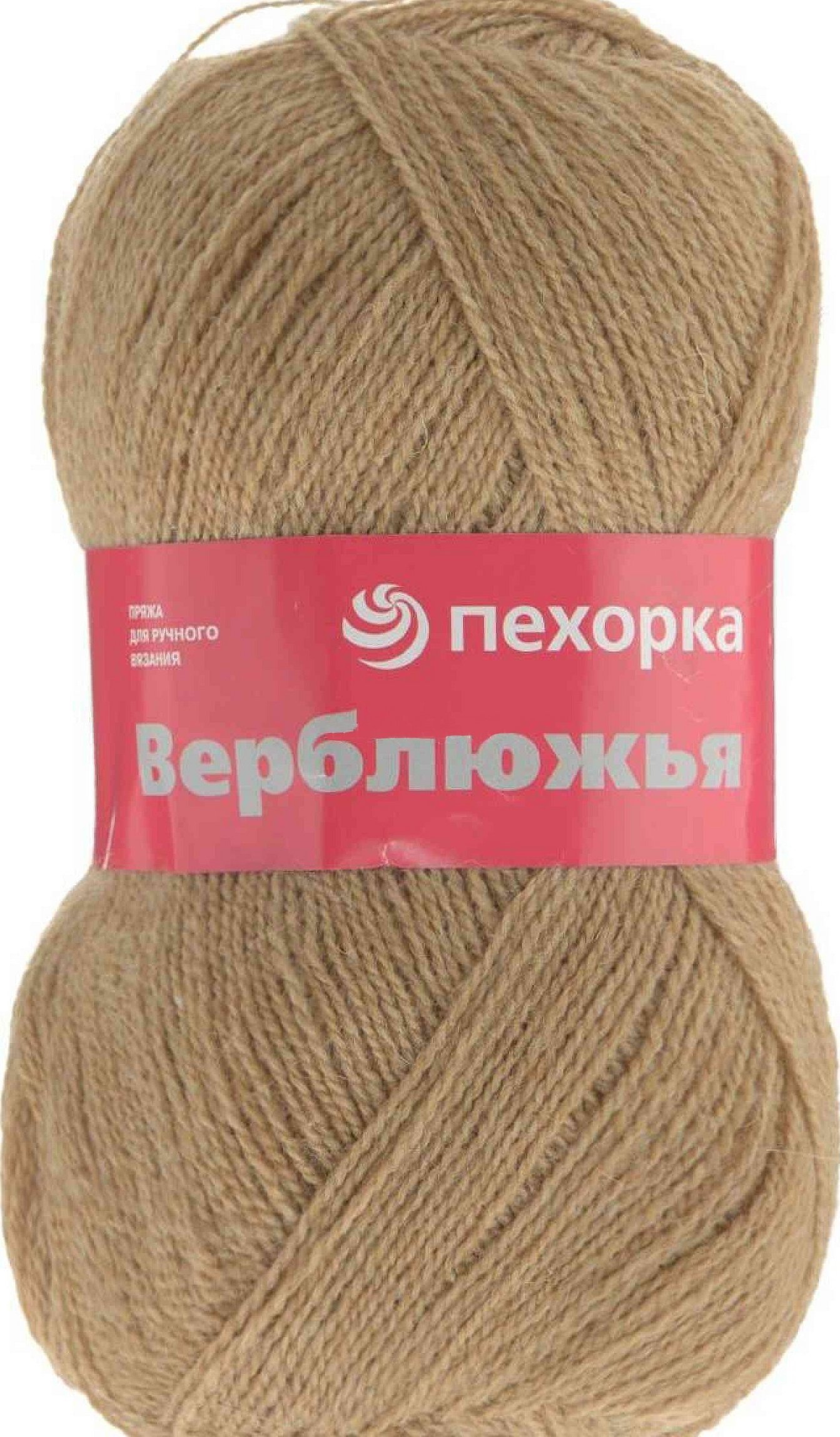
Knitted tape
It is also called knitted yarn. It is a kind of ribbon made from knitted fabric, cut into ribbons and twisted into a yarn skein. There are two types of knitted yarn, which differ in twisting: purl and face. Face is used less often, but looks more presentable. The most popular use of knitted yarn is knitting various rugs, bags and baskets. It can be used to create decorative elements for fittings and present them to people.
There are several other types of knitted yarn, divided by production method:
- From primary raw materials;
- Made from recycled materials.
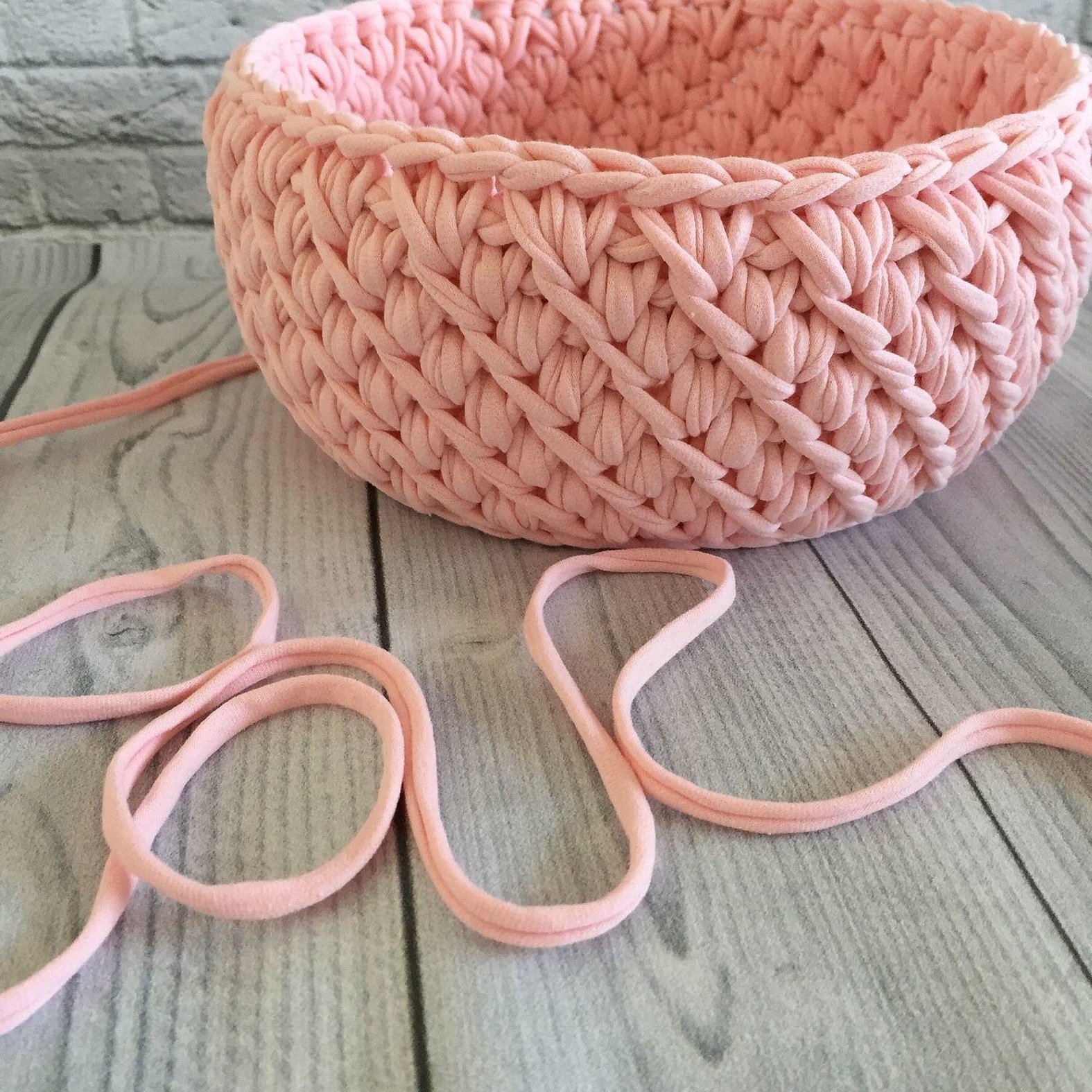
Hemp fiber
Hemp fiber is a fiber extracted from the stems of the hemp plant and used to create yarn, thread, and rope. In another form, it can be used to make paper and cardboard. Industrial varieties of hemp contain up to 40% fiber in their stems, which can be up to 2 meters long.
Initially, the fibers are very tightly attached to the stem and can be separated in several ways:
- Chemical, when the stems are soaked in a solution of ammonium hydrophosphate;
- Normally, when the stems are soaked in regular water.
Important! Clothes are also made from hemp fibers. Moreover, it has a good psychophysical effect, namely a beneficial effect on the nervous system, through contact between the glands of the skin and clothes.
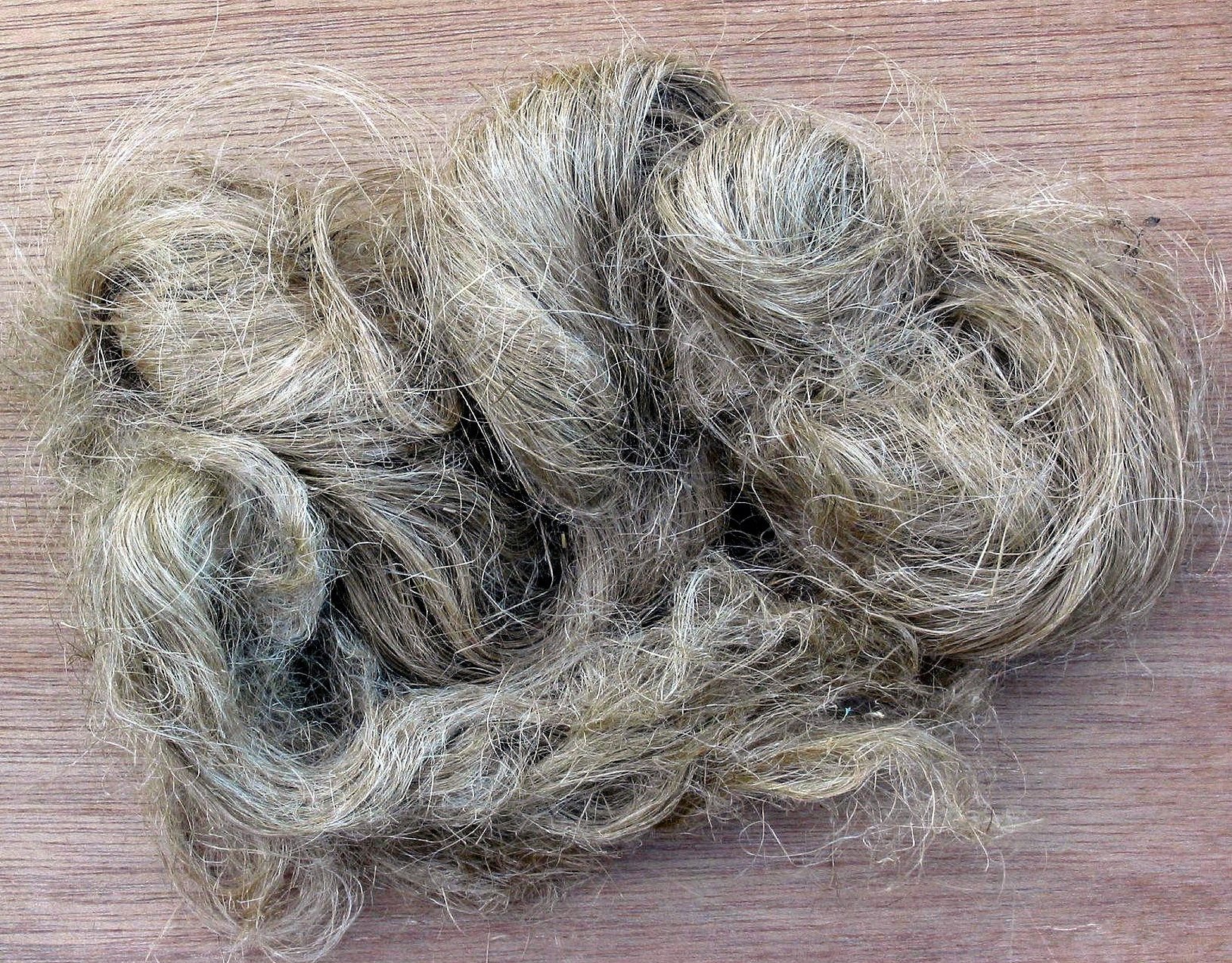
Rayon
Artificial silk is a fabric made of synthetic threads, very similar to real silk not only in appearance, but also in properties and characteristics. Its peculiarity is that it does not deteriorate and does not roll up like wool. Moreover, things allow the body to "breathe". It was from real silk that the creation of synthetic fabric began.
To create artificial silk, cellulose is used, treated with chemicals. After that, acetate thread is produced using acetic acid. After all the cleaning and treatment, the spinning solution is pulled into threads, dyed and dried.
Artificial silk has the following properties:
- Pleasant to the touch and attractive to look at;
- The threads, like the fabric, have good hygroscopicity;
- Quite durable;
- Does not require special care during operation;
- It is relatively cheap.
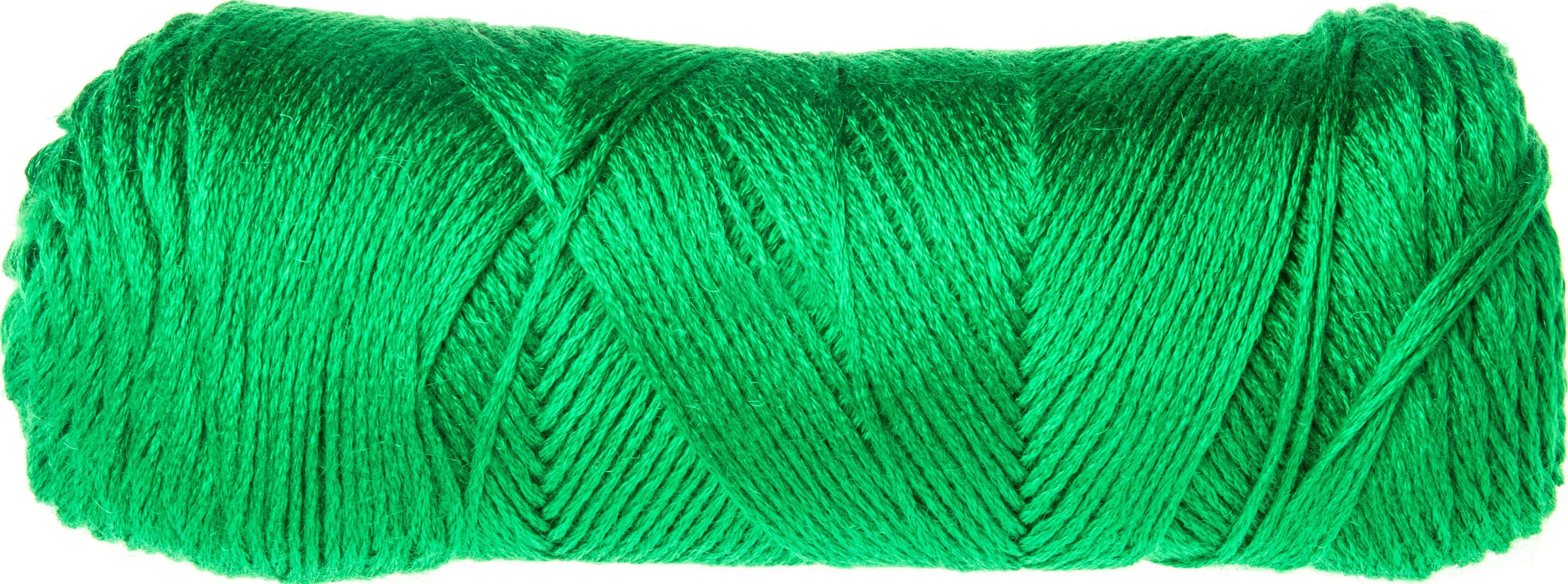
Cotton
Cotton is a plant fiber that covers the seeds of cotton plants. It is one of the most important and cheapest plant fibers in the world. It is a simple cell that emerges from the seed coat. The more mature the cotton, the stronger its fibers become. This is due to cellulose deposits.
Cotton is the oldest and most common fiber in the world. Cotton is created in several stages, including harvesting the fruit, cleaning and pressing, and then creating continuous threads and fabric. Cotton is often used to make both fabric and thread. Many people wonder what embroidery threads are called. They are called floss, are made from cotton and other materials, and are used for cross stitching.
Properties of cotton:
- High hygroscopicity;
- High strength, comparable to silk;
- Long-term exposure to light reduces its strength;
- Good thermoplasticity;
- Subject to decay;
- Very cheap and has good hygienic properties.
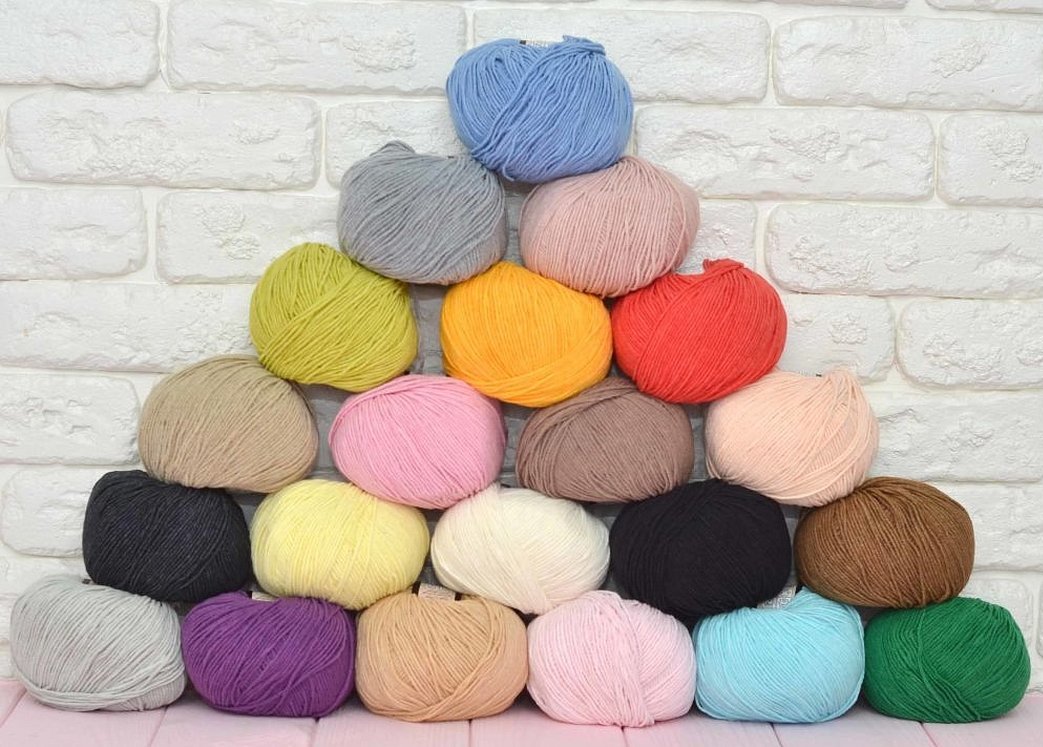
Flax
Flax is an annual plant of the flax family. Fibers for the production of flax yarn and fabric are obtained from the skin of the plant. Modern industrial harvesting of flax is carried out by a combine and separate method, during which the flax stems are pulled and combed.
Linen, like many other fabrics, is able to remove heat and moisture. It is a hygienic and completely environmentally friendly natural antiseptic. Its fibers contain substances that inhibit the development of bacteria. That is why wounds under linen dressings heal faster.
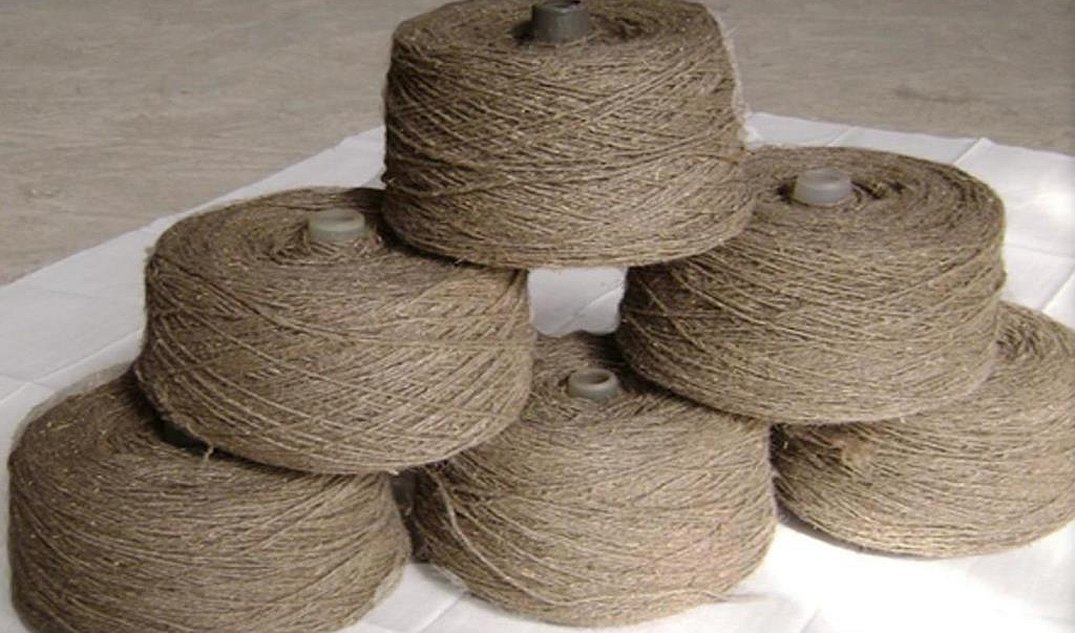
Cashmere
Cashmere is a very fine and light twill fabric obtained from the wool of cashmere mountain goats. The main countries exporting this material are: India, China, Pakistan.
Natural cashmere fabric is a very rare and expensive material. Its lightness is based on the fact that the hairs of the wool of cashmere goats are several times thinner than human hair.
Important! The rarity and price are based on the fact that one goat produces only one hundred grams of this fluff, combed from its undercoat. After cleaning the fluff, its weight drops by 30%. To weave a cashmere shawl, you need the wool of four goats and several weeks of manual labor.
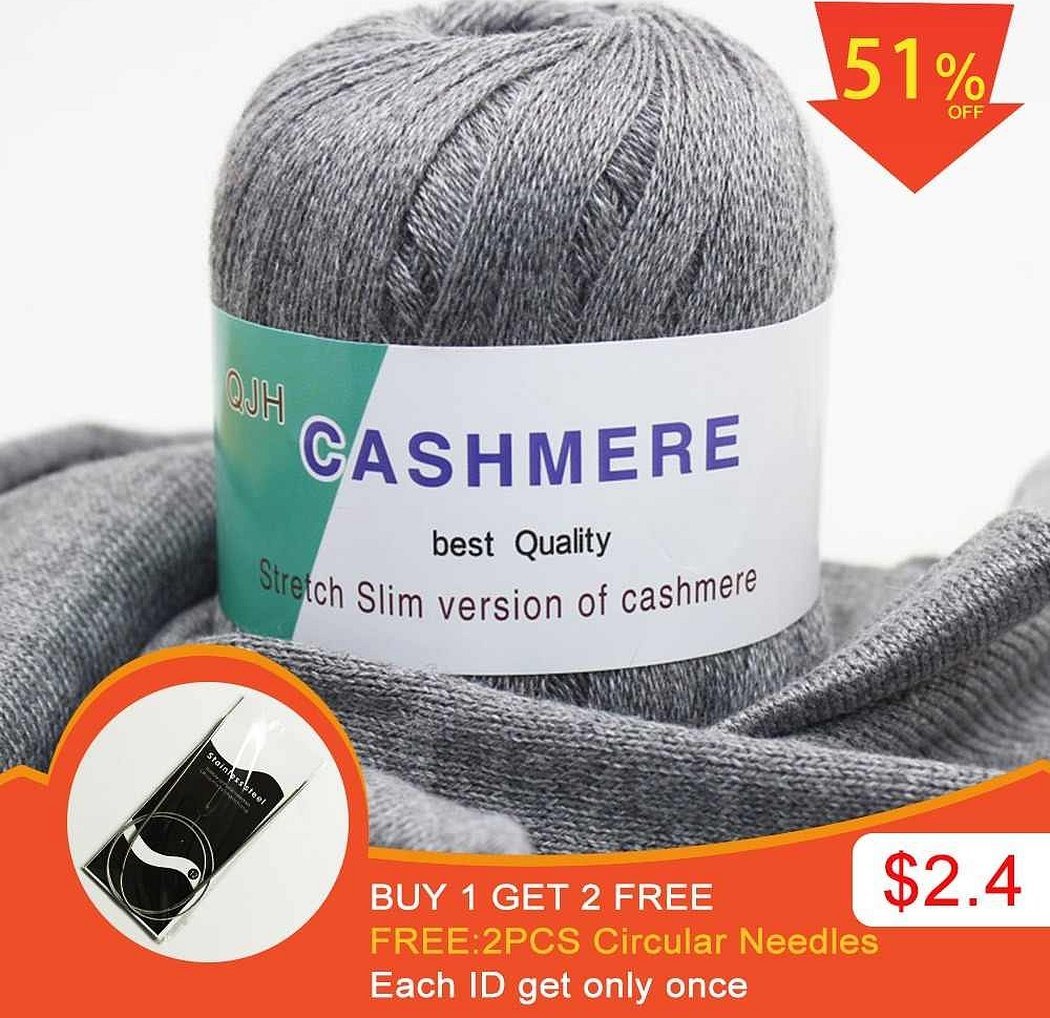
Angora
Angora is a thin and soft fabric woven from the soft wool of the Angora rabbit, which was named after the goat. At first, this wool was understood to mean the wool of the Angora goat. The best fabrics are produced in Japan and France and are used to create sweaters, socks and children's clothing. Angora wool is often mixed with other types of wool.
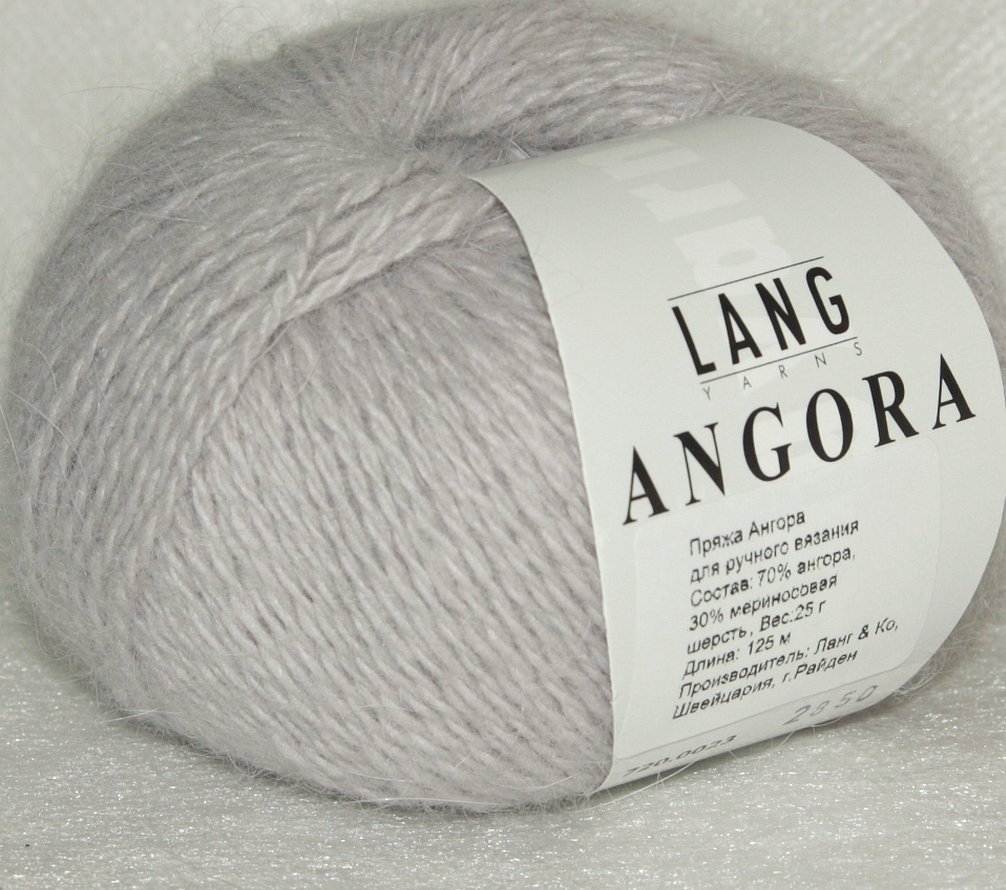
Mohair
Mohair is a wool obtained from Angora goats. It is often confused with Angora wool, which is obtained from rabbits. Due to the characteristics of goat hair, other types of wool are often added to mohair. Distinctive features of mohair are:
- Strength and elasticity;
- Beauty after processing;
- Good colorability;
- High insulating properties;
- Absorbs moisture well.
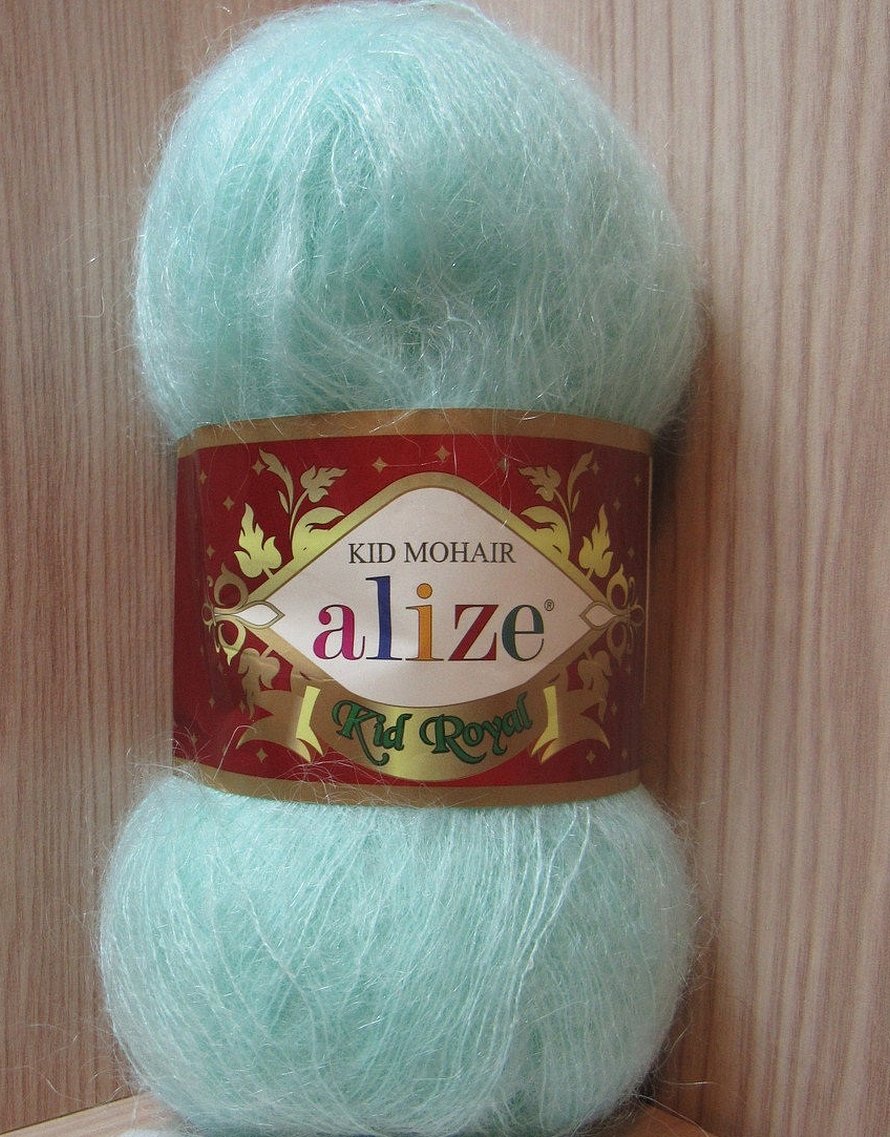
Acrylic
Acrylic fibers are created through complex chemical reactions and are synthetic. They are often added to other yarns to make them cheaper. Since the yarn is artificial, this has a number of advantages and disadvantages.
Among the advantages of acrylic:
- Stronger strength than natural yarn;
- Acrylic holds its shape well and comes in a wide variety of colors;
- Acrylic is pleasant to the touch and does not cause discomfort, despite its artificiality;
- Yarn and acrylic items are not damaged by moths;
Important! Acrylic is often mixed with other yarns such as wool, mohair and cotton, and can be 100%. The presence of additional acrylic components will make things from it fluffier, warmer and allowing the body to "breathe".
Acrylic also has its disadvantages:
- Does not absorb moisture, but absorbs fat;
- Poor air permeability;
- If not properly cared for, it becomes covered in pellets;
- Accumulates static electricity.
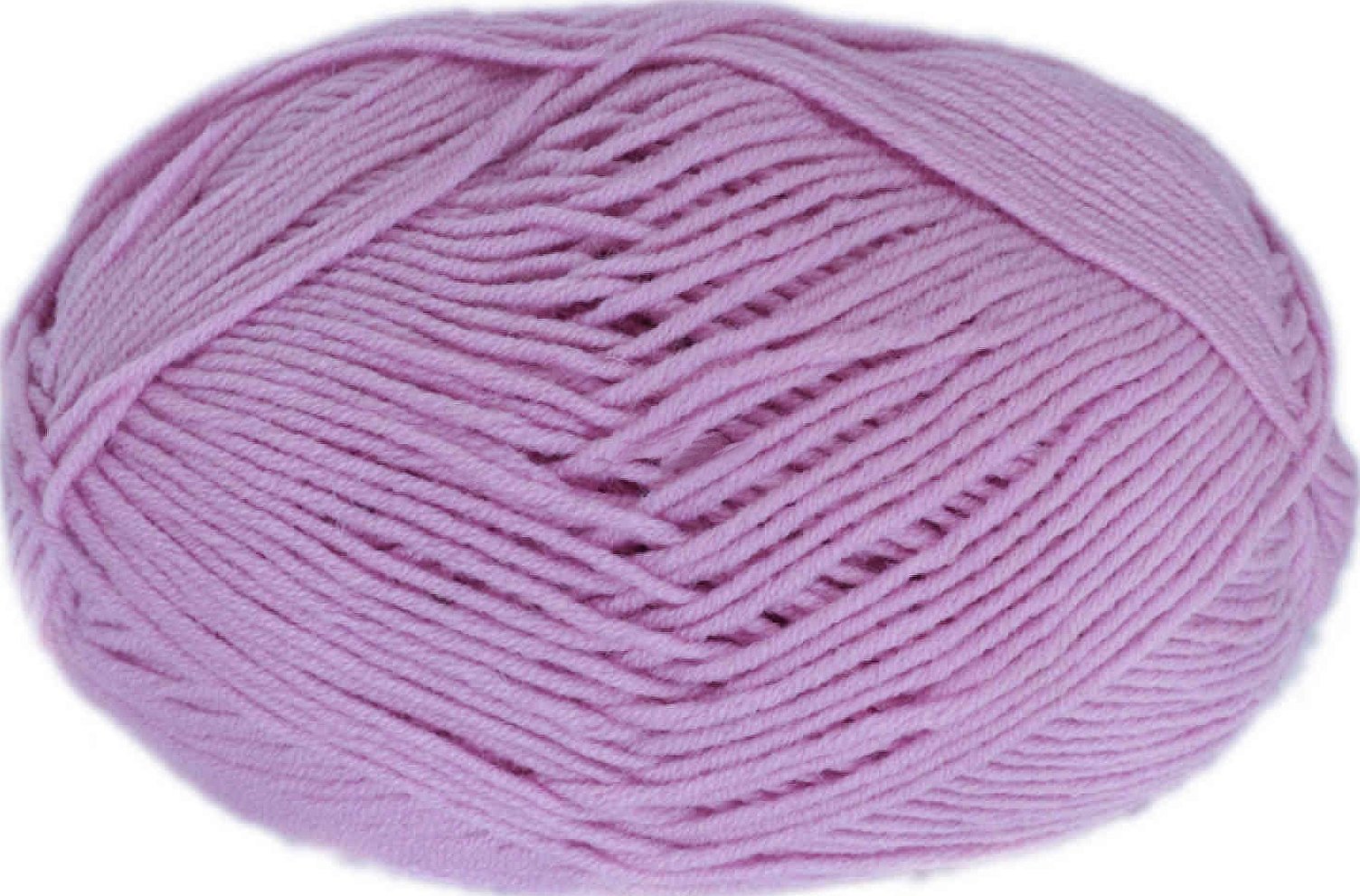
Nylon
Nylon is a polyamide fiber obtained by polymerizing the products of distillation of petroleum products, coal and gas. Nylon is used to create products that require strength and reliability: stockings, socks, tights, sportswear, laces, etc.
The advantages of nylon are:
- Strength and durability of the material;
- Comparatively cheap;
- Application not only in the knitwear industry;
- Unpretentiousness and wear resistance;
Important! A special property of nylon is its shape stability. Neither dry nor wet nylon loses its shape and qualities, as it does not absorb moisture and does not interact with it. That is why this fabric is so valued in the creation of things.
Nylon is not without its disadvantages. Among them:
- Allergic reactions are possible;
- Does not tolerate high temperatures;
- Poor air permeability;
- Electrification on par with acrylic.
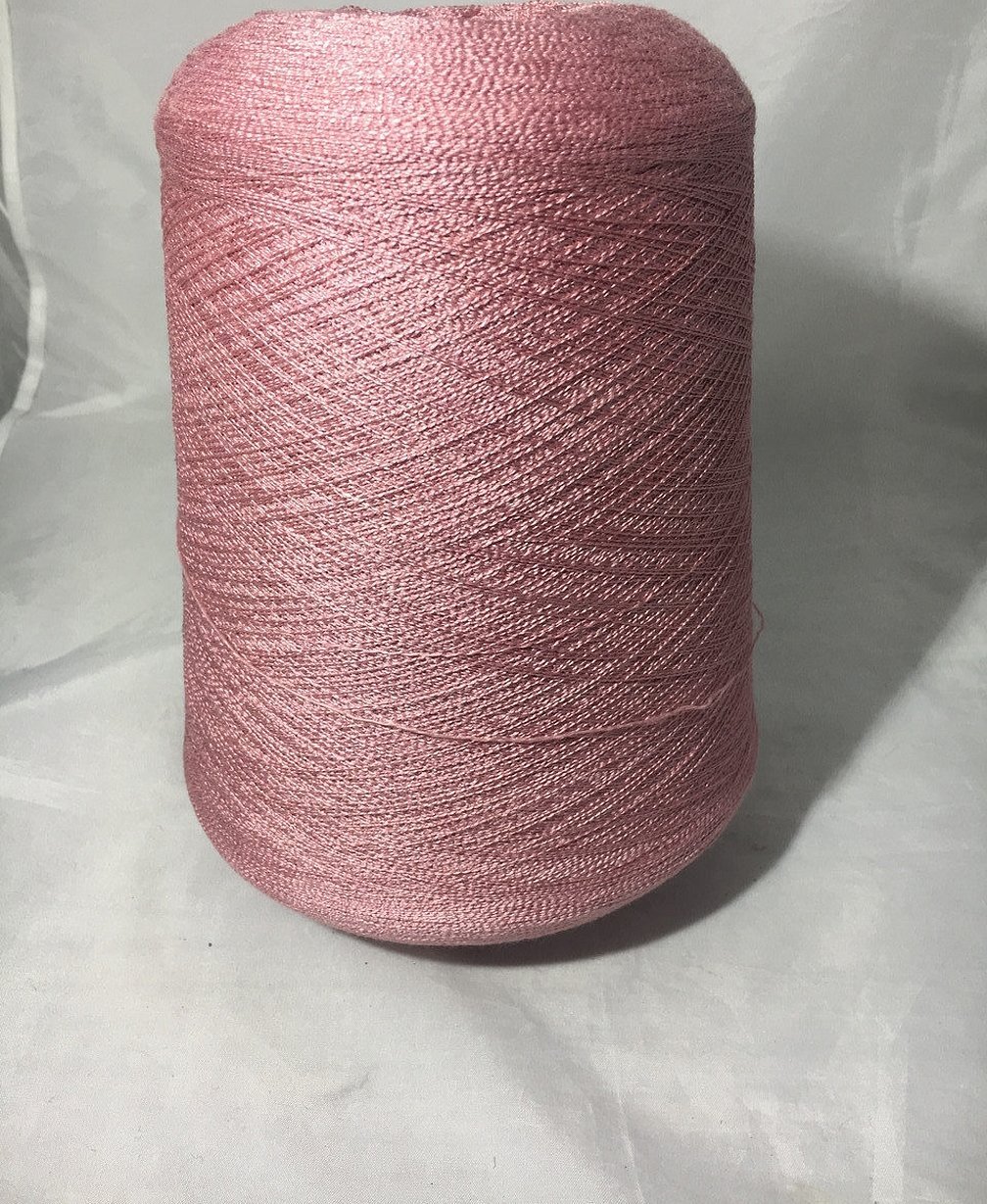
Reinforced threads
Reinforced threads are special threads wrapped in polyester, polyester or cotton. These combinations are ideal in terms of durability and physical strength of such threads and allow them to be used in sewing machines without fear that they will break. This type of thread is used for sewing items whose key feature is the strength of the seam and the absence of its assembly.
Properties of reinforced threads:
- High strength and minimal chance of breakage;
- High melting point;
- Resistance to all types of detergents and microorganisms;
- Resistance to abrasion.
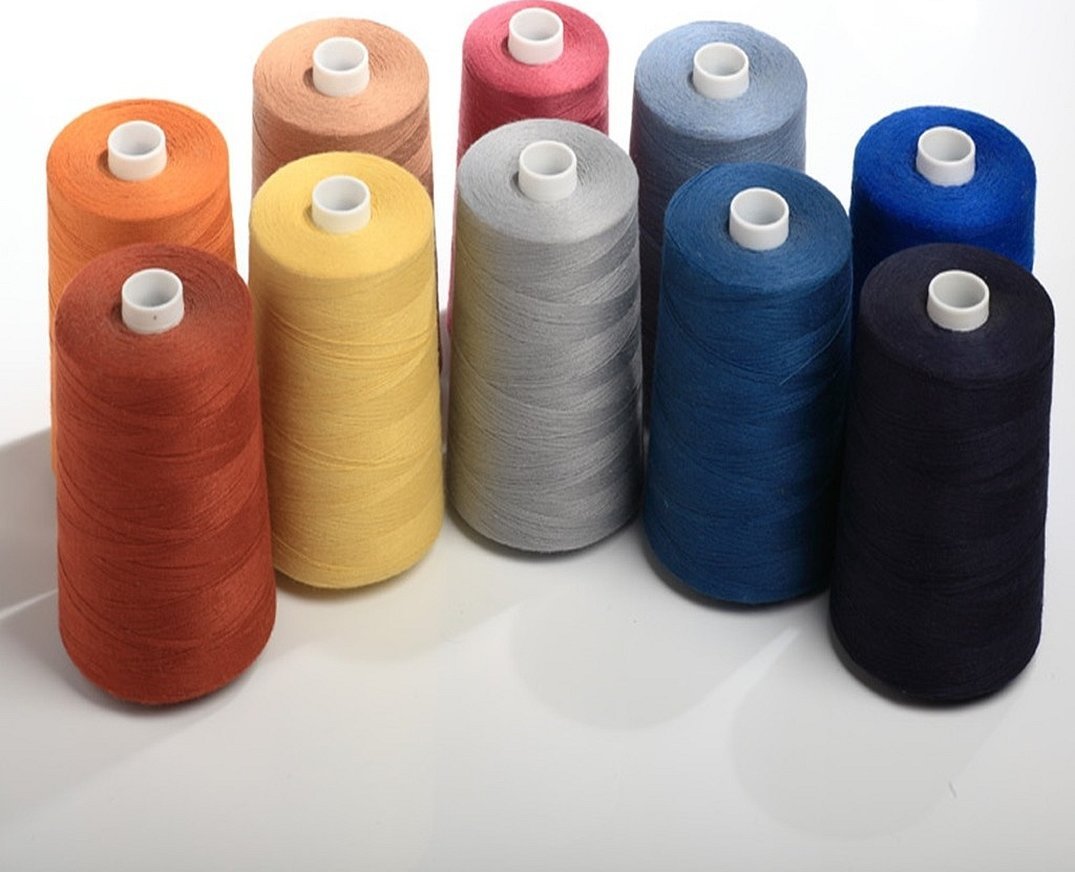
Bamboo threads
Bamboo fiber is extremely porous in its structure and instantly absorbs moisture, evaporating it. Porosity does not affect strength and therefore bamboo is a fairly durable material. This thread is used not only as an independent material, but is also added to yarn from other compositions. A knitted bamboo product absorbs moisture and warms the body.
Advantages of bamboo fabric and threads:
- Antimicrobial action;
- Retains properties after multiple washes;
- Allows the skin to "breathe";
- Eco-friendly material;
Important! The disadvantage of bamboo is its production. It is quite expensive, but environmentally friendly. The price of bamboo items cannot be compared with cotton ones.
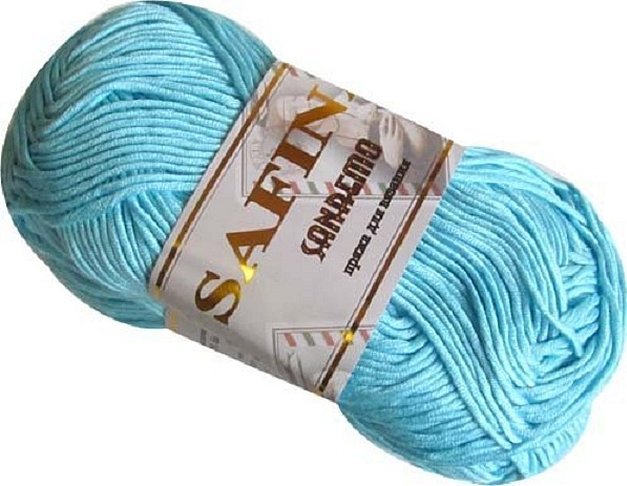
Chenille
Chenille threads are yarns made from cotton, artificial acrylic or polyester fibers, and viscose. In general, chenille is any yarn with pile. Any product woven from this yarn is wear-resistant and pleasant to the touch. Depending on the material, chenille has different properties. Cotton chenille quickly rolls and loses its appearance. Acrylic retains its shape and is more durable. It can withstand many washes and is practically weightless. Viscose chenille is also softer than cotton, but quickly fades in the sun and requires proper chemical treatment when washing. Pom-poms, decorative elements, and other decorative items are often made from chenille.

Polyester
Yarn made of 100% polyester belongs to the group of synthetic yarns and is often called "lavsan" or polyester yarn. Due to its thermal conductivity and appearance, this material is similar to wool not only in appearance, but also in its qualities: elasticity, flexibility, low weight. Polyester is not without its disadvantages. These are low hygroscopicity and electrification.
Important! Although polyester is similar to wool, it is more resistant to direct sunlight and microorganisms such as bacteria, fungi and mold than wool itself.
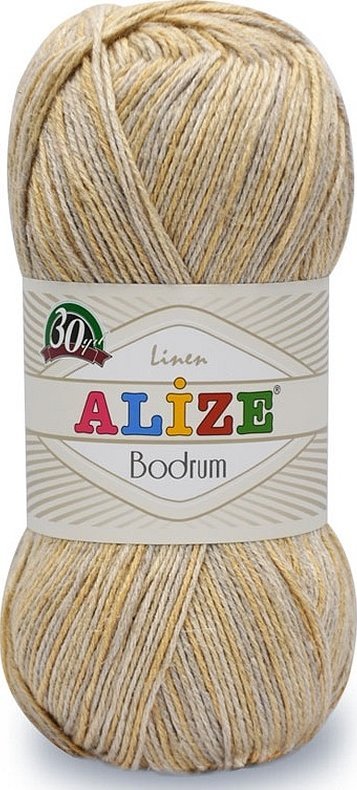
Studying the label
When buying yarn and threads for various purposes, you should always pay attention to the label. What is written there can tell you a lot about:
- The composition of the yarn and its name, which tells the percentage ratio of the materials used;
- Its exact weight and length, which is needed to find out how much of it will be needed;
- The color and series number needed to purchase exactly the same yarn in case one skein is missing;
- What tools will be more convenient for knitting from it?
Sometimes the packaging also contains instructions on how to care for the yarn and the finished product.

What are threads for?
Threads and yarns are primarily needed by the textile industry and people to weave fabric and connect it to create things and interior items. They are the main means for fastening clothing parts made of fabric, leather, fur and mending holes in the material.
Different requirements are put forward for different threads, which comes from the way they are used and their properties. In addition to the main purpose, threads have many other purposes and are used in various areas of human activity.
Today's material told about what types of sewing threads there are. More and more synthetic types are beginning to appear on the market, as they are stronger, more reliable and cheaper than natural analogues. However, synthetics have not yet been able to completely replace natural materials that provide environmental friendliness, hygiene and pleasant sensations for the body.
It is always necessary to read the label of the yarn you buy. It can contain a lot of useful information that will be useful in the future.




